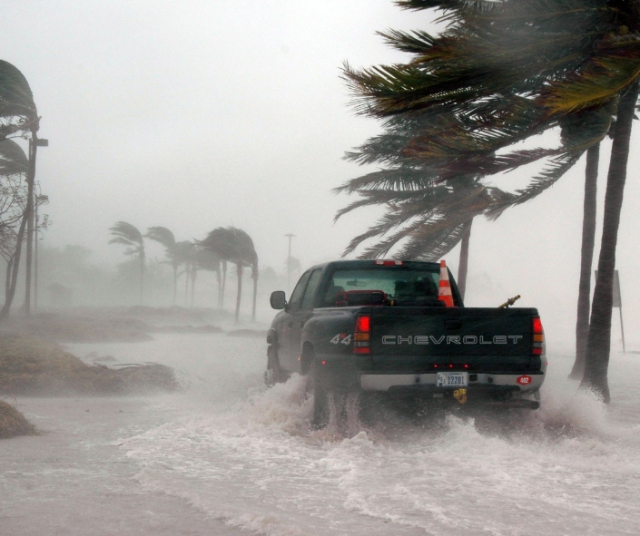The El Niño Phenomenon is a periodic climatic event that affects various regions of the world. This phenomenon is characterized by unusual warming of the waters of the tropical Pacific Ocean, which has significant implications for weather patterns and weather conditions globally.
The El Niño Phenomenon refers to an abnormal warming of the surface waters of the tropical Pacific Ocean, specifically in the region known as El Niño-Southern Oscillation ( ENSO ). This climatic event occurs irregularly and its duration varies, but generally lasts from nine to twelve months.
During the El Niño phenomenon, significant changes in global weather patterns are observed. Some of the most common features are:
Increase in air and sea temperature: During the El Niño phenomenon, both the air temperature and the sea surface temperature increase in the affected regions. This warming can be several degrees Celsius above normal.
Alteration of rainfall patterns: The El Niño Phenomenon has a considerable impact on rainfall patterns. In some areas, it can lead to severe droughts, while in others it causes floods and heavy rains. These drastic changes in rainfall patterns have significant consequences for agriculture, water availability, and food security.
Modification of winds and ocean currents: The El Niño Phenomenon also affects winds and ocean currents. The trade winds, which normally blow from east to west in the equatorial region of the Pacific, weaken or even reverse. This has an impact on ocean circulation and marine ecosystems.
Causes of the El Niño Phenomenon
The El Niño Phenomenon is driven by a series of complex factors that interact with each other. Some of the main causes include:
Variations in atmospheric pressure: Changes in atmospheric pressure, especially in the western and central Pacific, trigger the El Niño phenomenon. These variations may be related to the interaction between the ocean and the atmosphere, as well as changes in atmospheric circulation patterns.
Southern Oscillation (SOI): The Southern Oscillation is an index that measures the differences in atmospheric pressure between Tahiti and Darwin. A negative SOI, characterized by high pressure in Darwin and low pressure in Tahiti, is associated with the El Niño phenomenon. This oscillation may indicate changes in winds and ocean currents that contribute to warming of the tropical Pacific Ocean.
Ocean-atmosphere interaction: The interaction between the ocean and the atmosphere plays a fundamental role in the development of the El Niño phenomenon. Sea temperature anomalies affect atmospheric circulation patterns, and in turn, changes in winds and atmospheric pressure influence ocean circulation.
Consequences of the El Niño Phenomenon
The El Niño Phenomenon has significant implications for natural systems and society. Some of the most common consequences are:
Impact on agriculture: The El Niño phenomenon can have devastating effects on agriculture. Prolonged droughts or flash floods can damage crops, reduce food production and cause significant economic losses for farmers.
Changes in marine ecosystems: The warming of the Pacific Ocean during the El Niño phenomenon affects marine ecosystems. This can cause the migration or disappearance of marine species, coral bleaching and reduced fishing, which has consequences for biodiversity and the fishing economy.
Health risks: Changes in weather patterns during the El Niño phenomenon can increase risks to human health. Floods can spread waterborne diseases, while prolonged droughts can cause shortages of drinking water and increase the incidence of diseases related to malnutrition and poor hygiene.
Impact on the economy and trade: The El Niño Phenomenon may also have an impact on the economy and trade globally. Changes in the availability of food and the prices of agricultural products can affect international markets, especially in regions dependent on agriculture and fishing.
Understanding the causes and consequences of this phenomenon is essential to adapt and mitigate its impacts. Continued scientific research and international cooperation are key to monitoring and predicting the El Niño Phenomenon, and thus taking proactive measures to protect affected communities.
